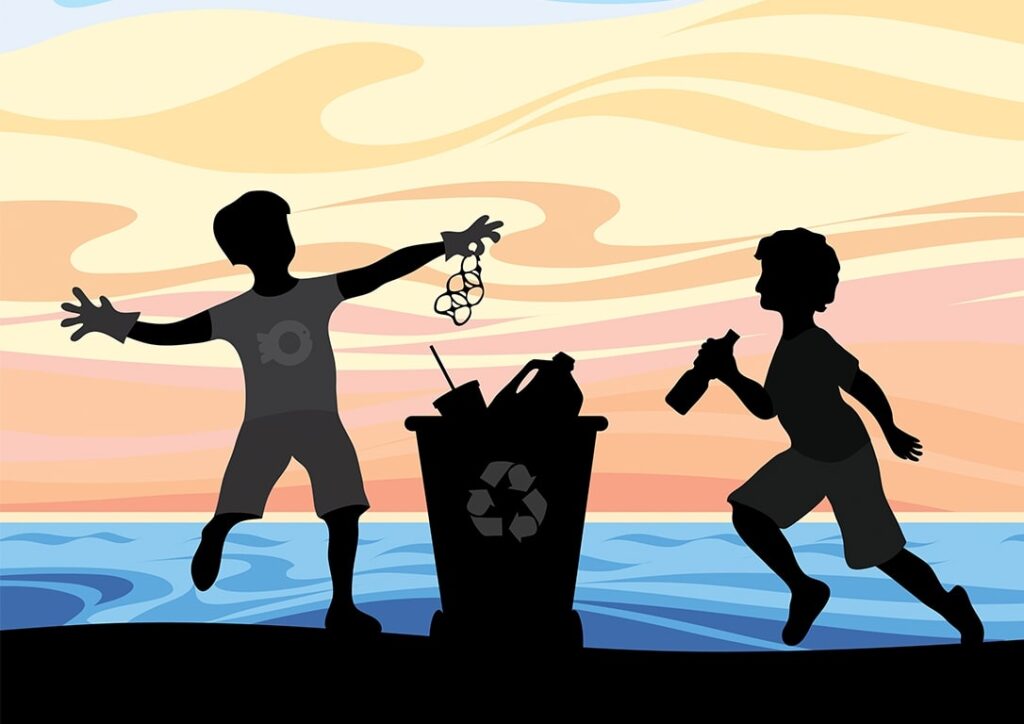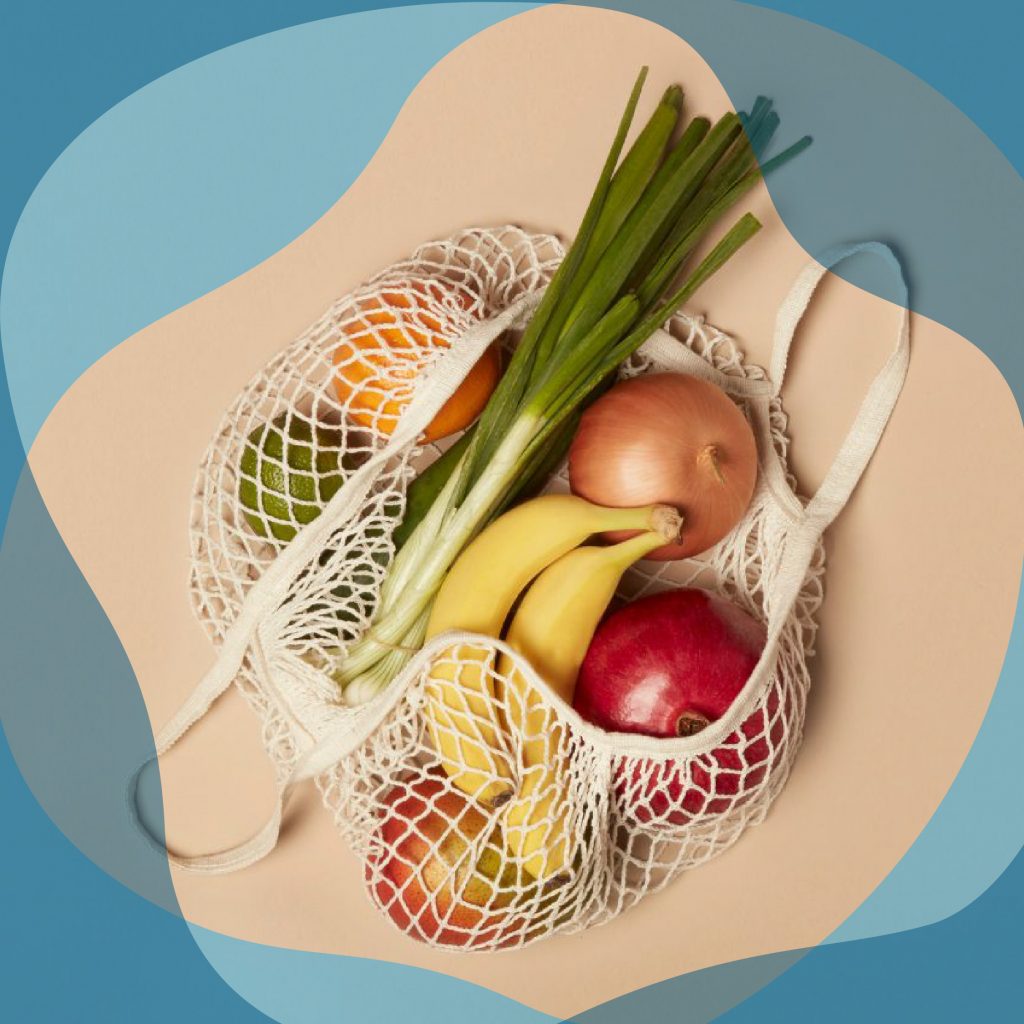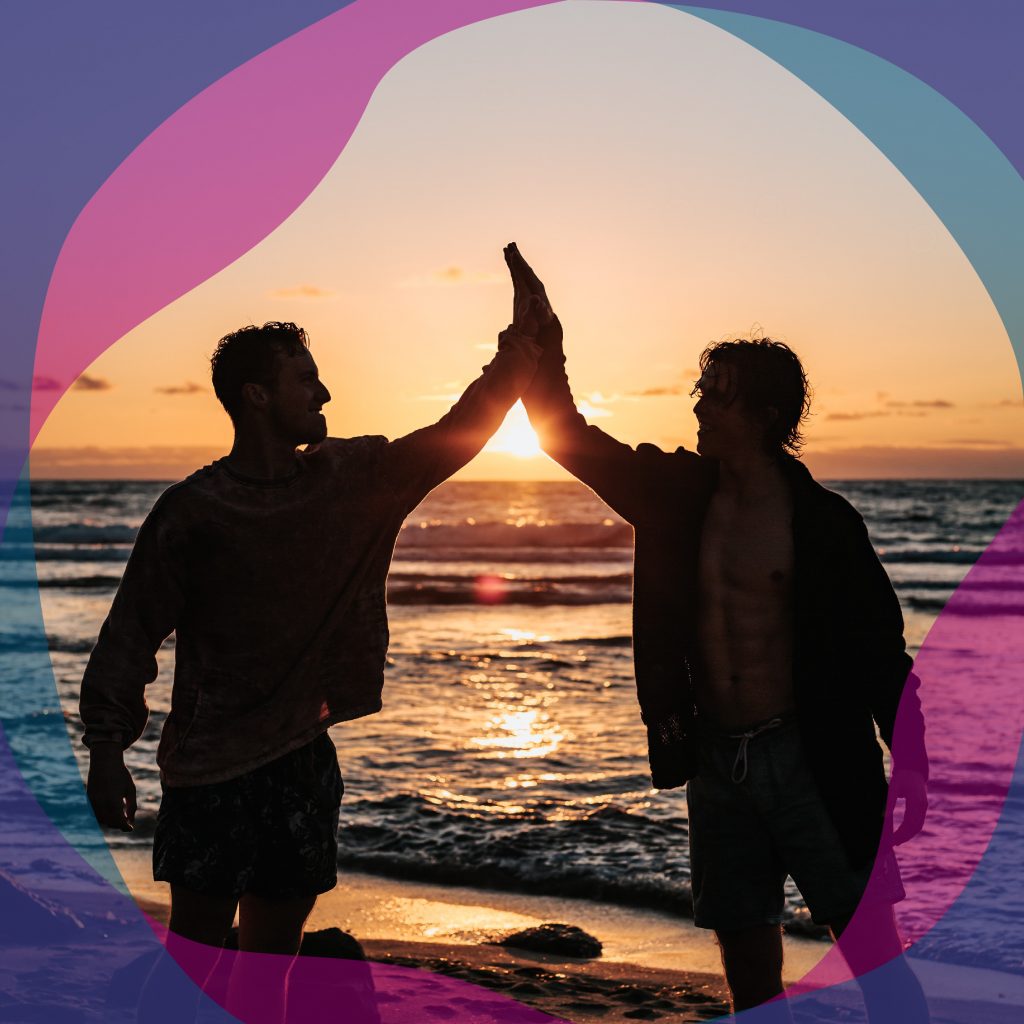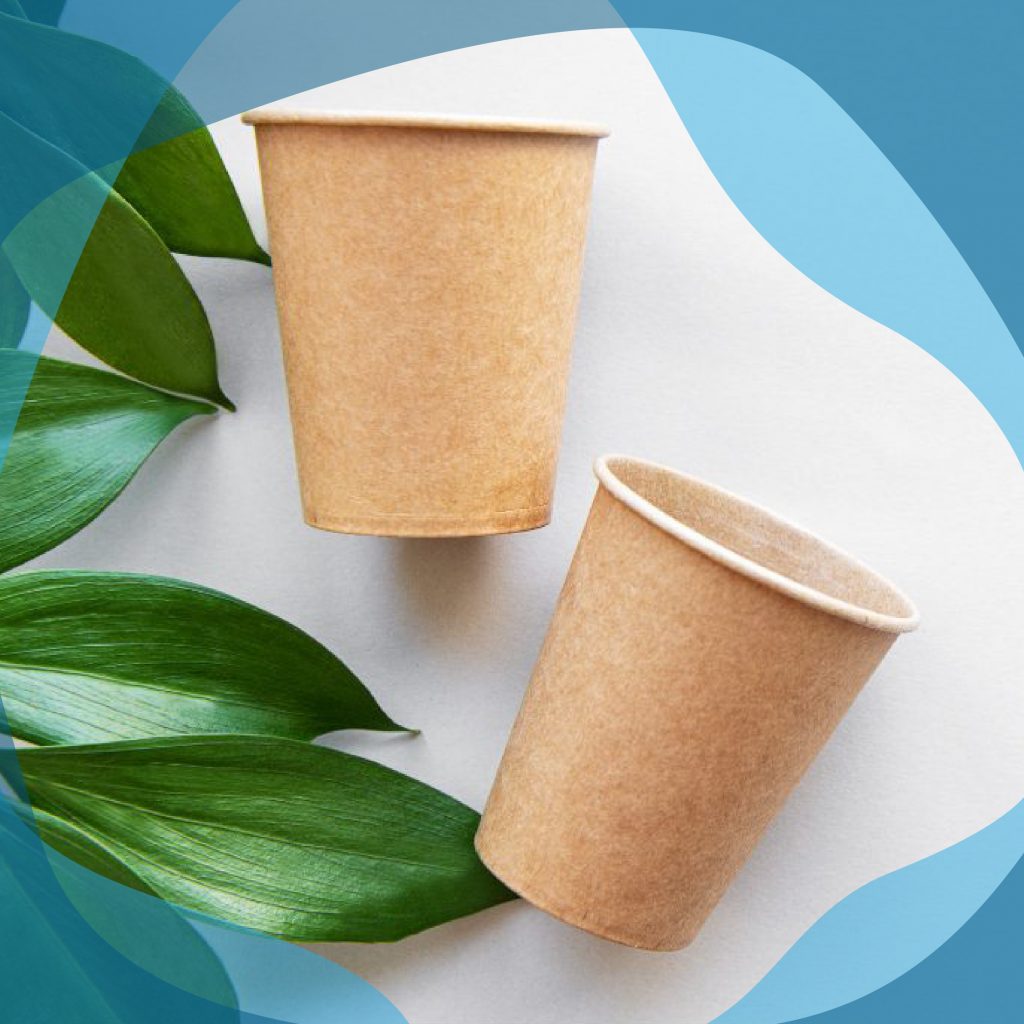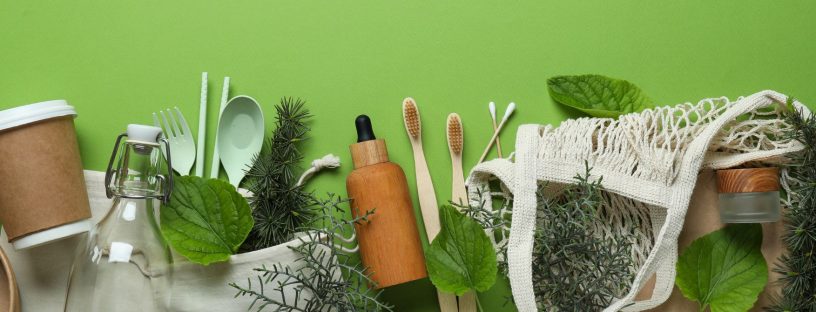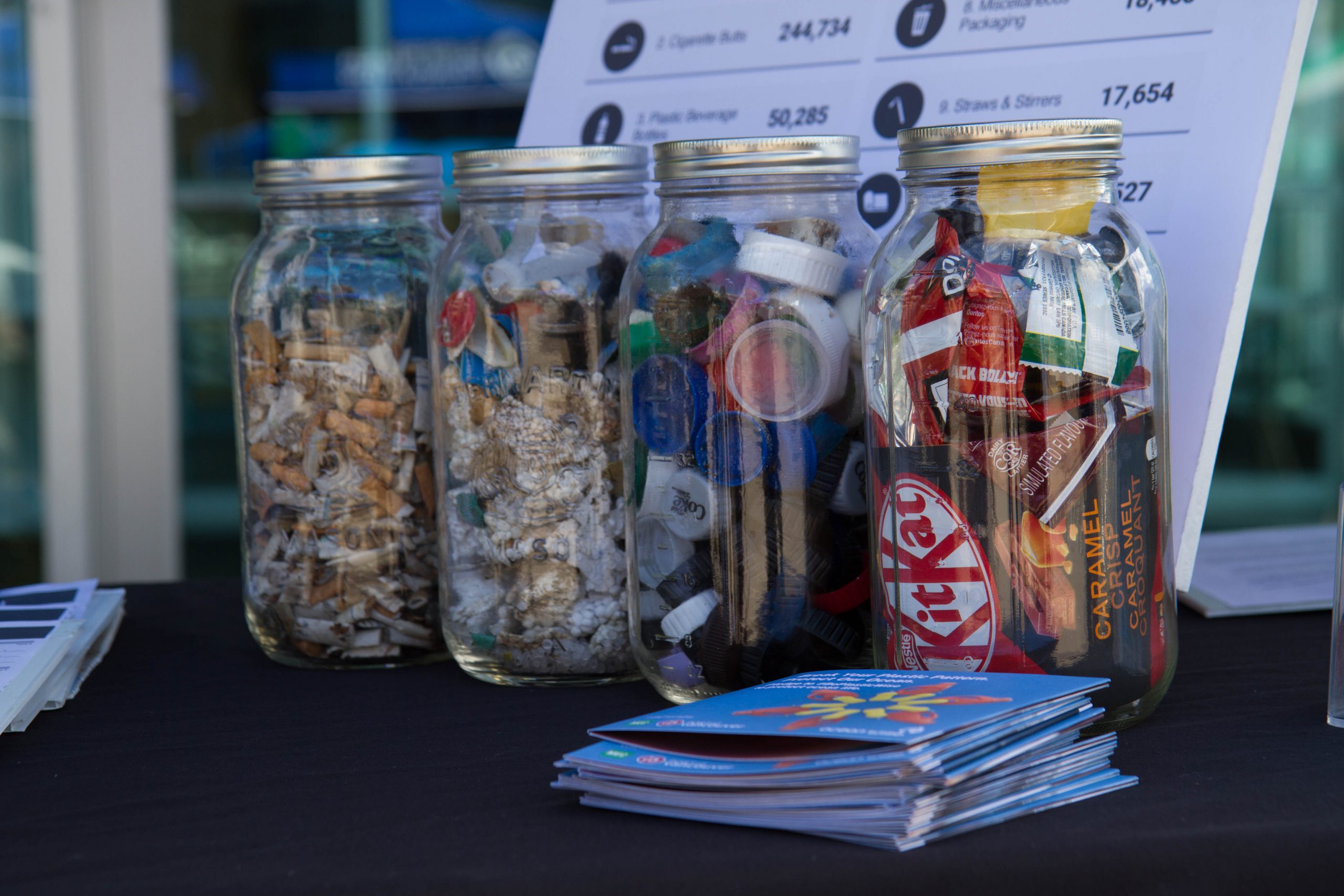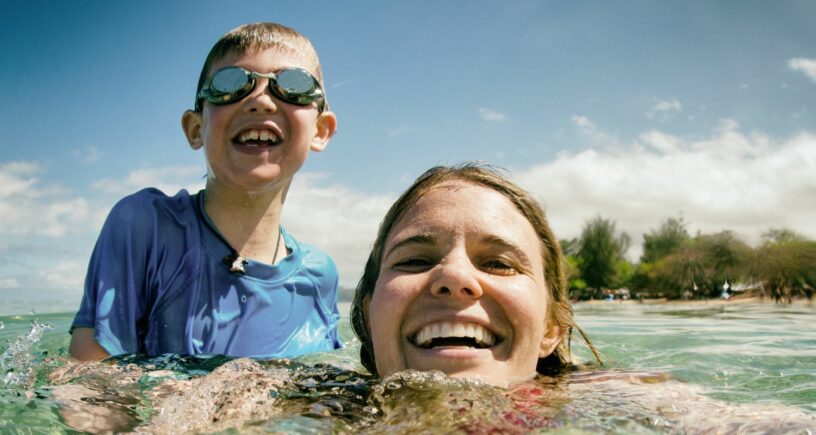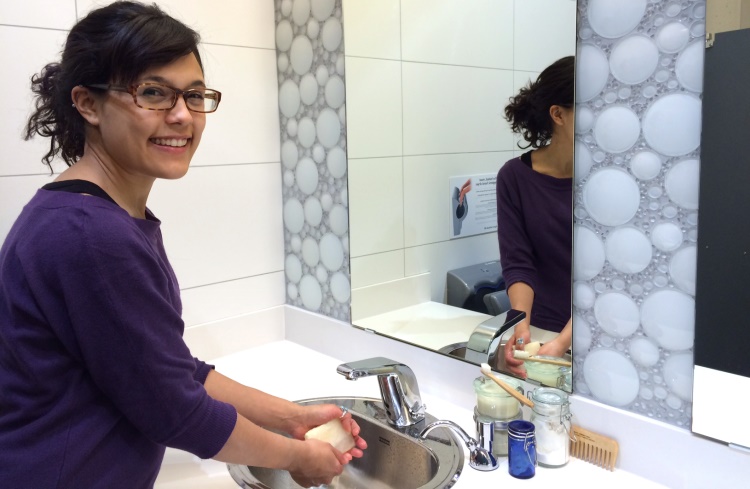
How To: Plastic Free Personal Hygiene
Look in your shower rack or in the cupboard beneath your bathroom sink and it’s not hard to miss. It would seem like plastic packaging and personal hygiene go hand in hand. Look even deeper and you might find that plastic is a key ingredient in your favourite bath product.
Going plastic free might seem difficult when you look at products we use daily, such as lotion bottles, toothpaste tubes and deodorant sticks. This plastic packaging is non-reusable and a lifetimes worth of plastic shampoo and conditioner bottles really add up. Over the years I have downsized the number of products I have, not only for the packaging, but also for some of the harmful ingredients which are washed down the drain and into our waterways.
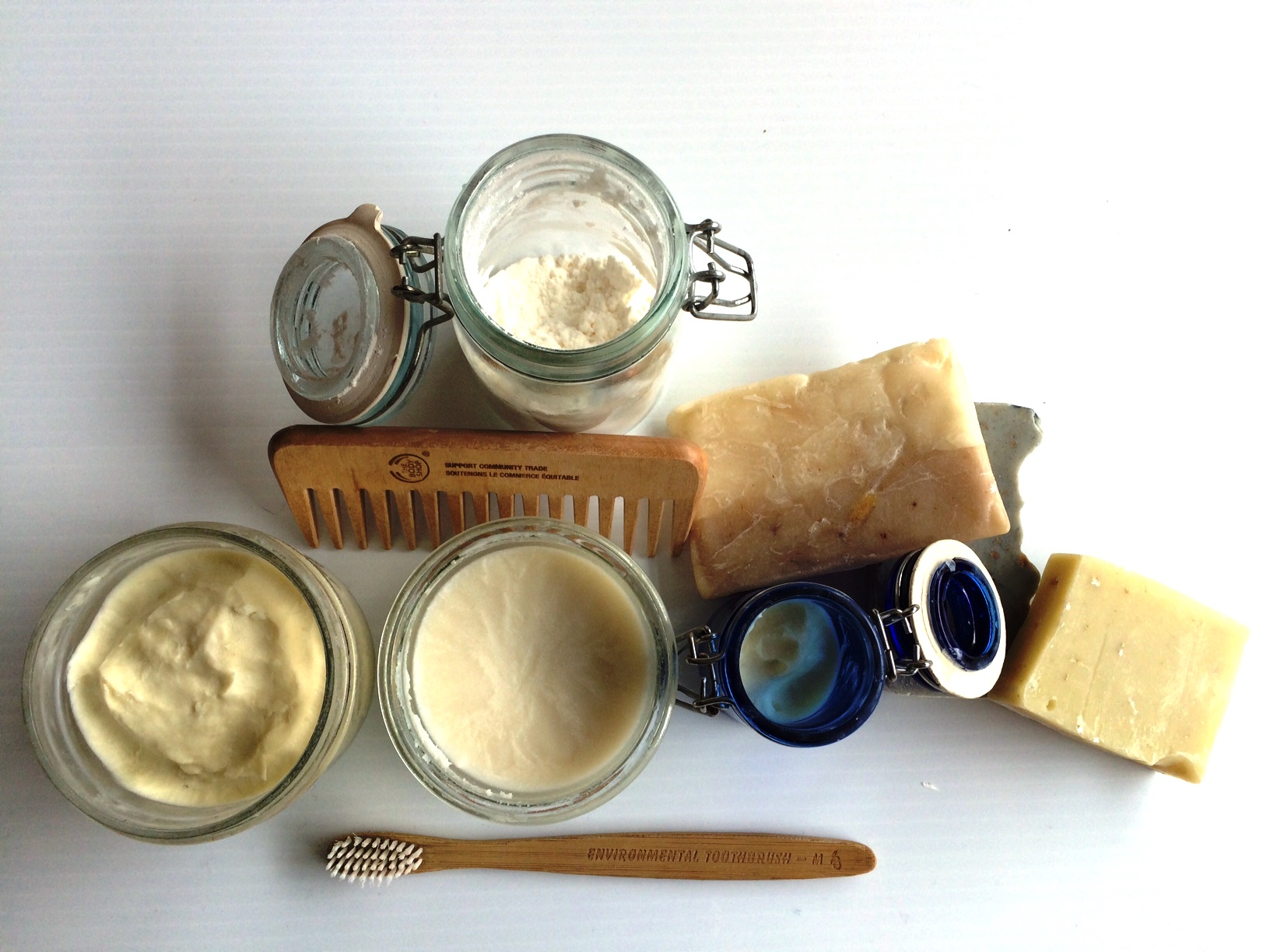
Before I began working with the Great Canadian Shoreline Cleanup, I had no idea that personal hygiene products like toothpaste and body wash contained tiny plastic microbeads. Microbeads are what put the “scrub” in your body scrub, or the scouring affect in your toothpaste. Microplastics do not break down in the ocean and there is now evidence showing that they are being eaten by aquatic animals, making their way through the food chain.
Luckily there are plastic free alternatives which will still leave you squeaky clean and the oceans plastic free. When looking to restock on personal hygiene products opt for these three alternative options:
- “Naked” products – Products that can be purchased unwrapped or without packaging are a great alternative. Keep an eye out for packaging-free soaps, shampoo bars, and deodorant bars. Specialty soap shops are a great place to find these items.
- Refill – Some shops and stores offer refill options for soaps, hair and beauty products when you bring your own container. Basic Refill and The Soap Dispensary are two examples in Vancouver.
- Make your own – While it might seem intimidating at first, making your own products is easy. Below are a few of my favourite recipes.
| Recipe | Prep Time | Shelf Life | |
| Lotion | Whipped Coconut Oil (Two ingredients) |
10 minutes | Three months |
| Shea and Cocoa Body Butter | 20 minutes (One hour 10 minutes of fridge time) |
Two years | |
| Deodorant | Solid Deodorant | 10 minutes | Years |
| Powdered Deodorant | Five minutes | Years | |
| Face Scrub | Sugar Scrub | Five minutes | Up to one year |
Plastic in personal hygiene also extends to the very personal, like toothbrushes and tampons. Bamboo toothbrushes are a great alternative to the plastic handled toothbrush; you can even find toothbrushes with boar hair bristles. Companies like DivaCup, Luna and Lunette create wonderful reusable alternatives to pads and tampons. Though the cups are made from silicone; they can be reused for years, saving money, the oceans and landfills.
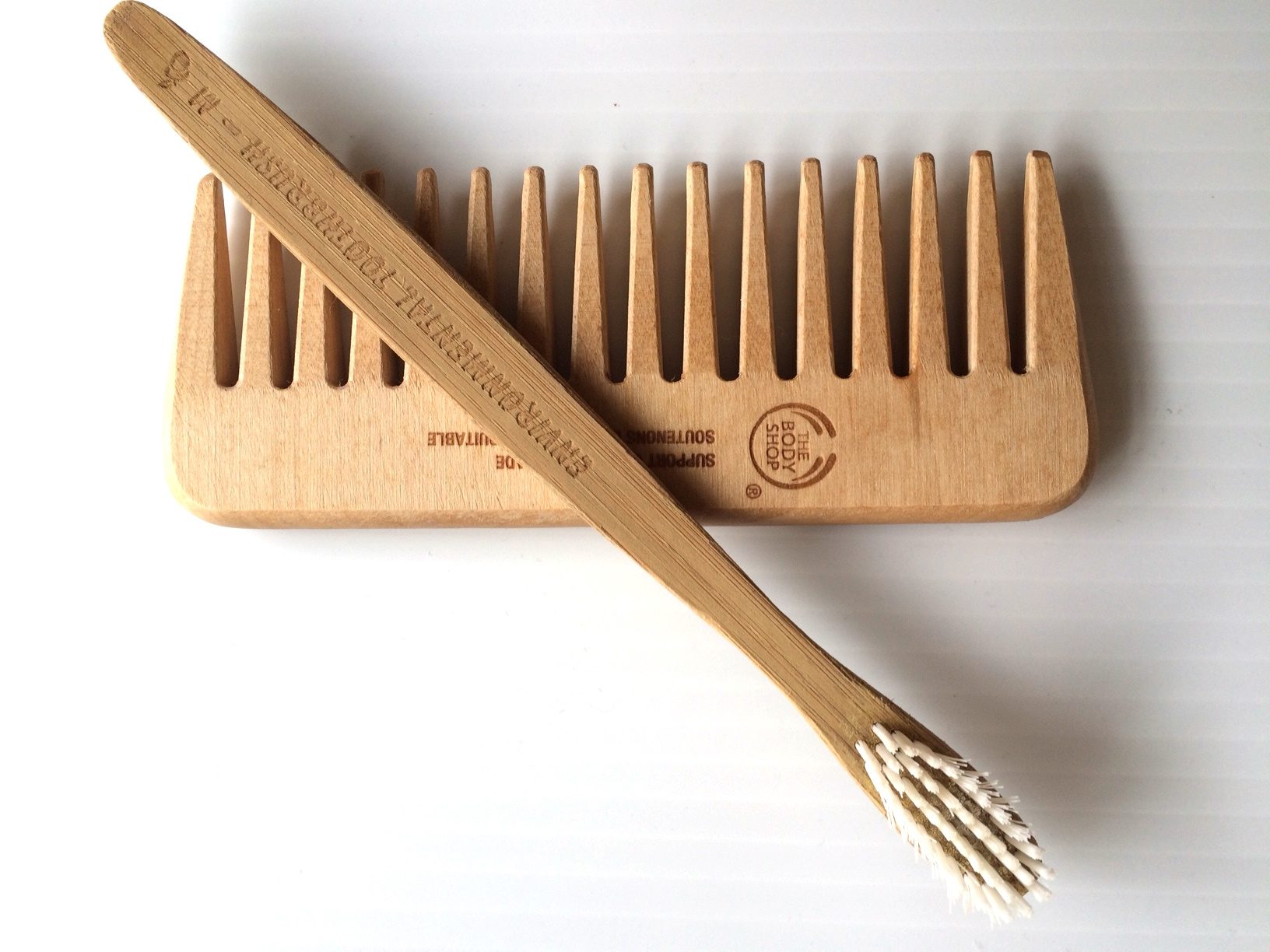
Learning about ingredients, and knowing you are reducing your plastic impact, is a great part of the journey to living a more plastic free life. Whatever small steps you might decide to take today, can have a large impact on our oceans’ future tomorrow.
Looking for other ways to make a positive impact on the environment? Registration for the Great Canadian Shoreline Cleanup, presented by Loblaw Companies Limited, is now open. Join together with 50,000 Canadians from coast to coast and sign up to cleanup a waterway in your community.
Tanya Otero is the volunteer engagement coordinator for the Great Canadian Shoreline Cleanup at the Vancouver Aquarium Marine Science Centre. Over a series of blog posts, Tanya will share her journey towards living a plastic free life including tips and ideas on how we can all work towards reducing our plastic consumption.
Posted March 18, 2015 by Vancouver Aquarium
